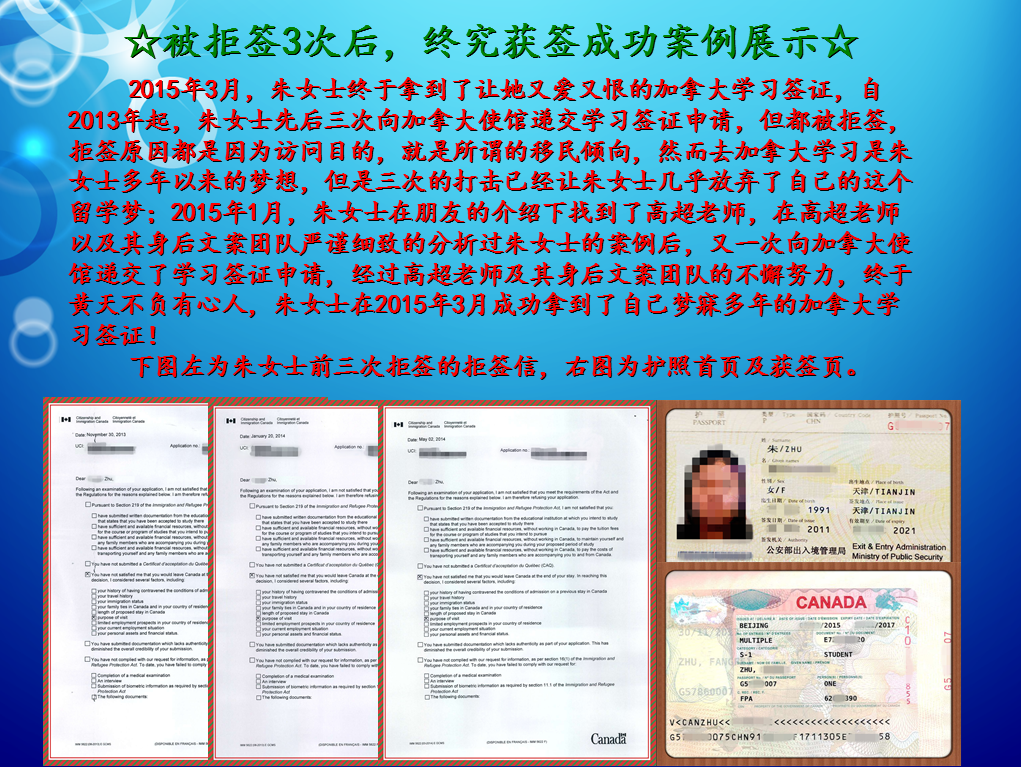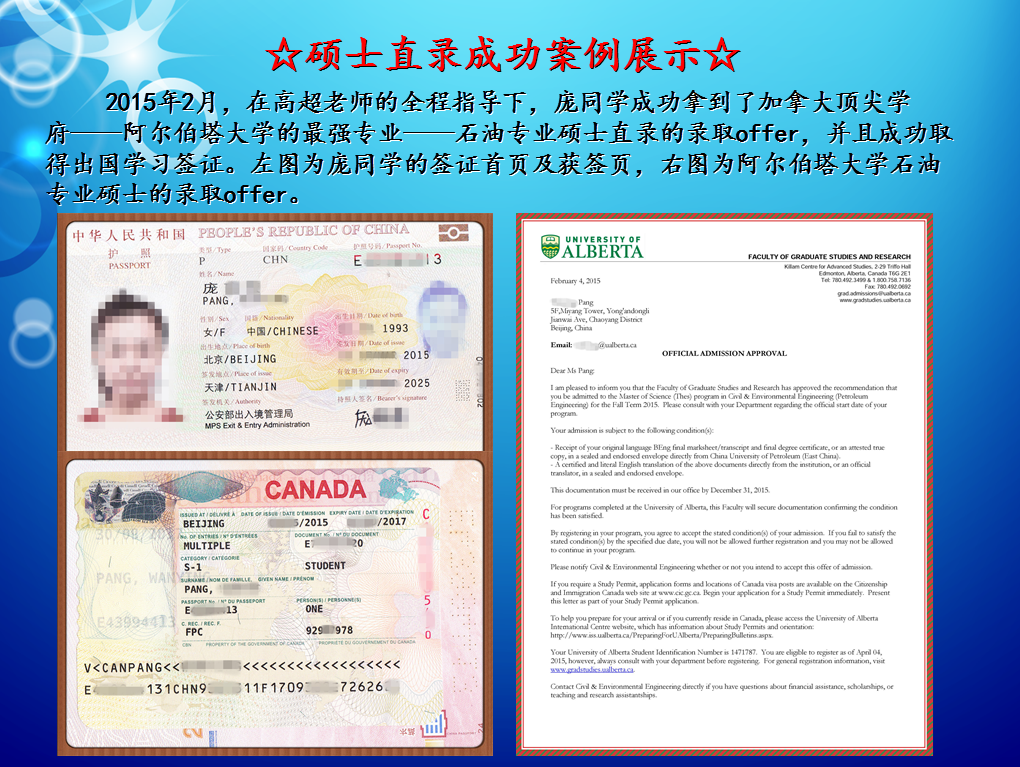浪费时间就等于浪费钱:少开会=多省钱.
2017-08-14 274阅读
Stop throwing money away with unneeded meetings
浪费时间就等于浪费钱:少开会=多省钱
The math isn’t complicated, but the results are startling. Start with a company that has 20,000 salaried employees, many of them highly skilled. Then figure that their average total compensation per person is $100,000 annually. Let’s say each one spends a very conservative 15% of his or her time every year in unproductive meetings. Total annual cost to the company of the time lost: $300 million.
计算过程并不复杂,但结果却令人吃惊。首先,假设一家公司有20,000名领取薪水的职员,其中包括许多技术精湛的人才。之后计算出这些员工的人均年薪为 100,000美元。保守估计,假如每个人每年在低效会议上花费15%的时间。那么公司在这方面浪费的时间所造成的损失是多少?答案是:3亿美元。
That’s what researchers at analytics firm VoloMetrix found when they studied how meetings are managed at more than two dozen big U.S. companies. In one typical organization, senior management meetings alone ate up about 300,000 hours, or the equivalent of one executive working full-time for 144 years.
以上是分析公司VoloMetrix的调查结果。这家公司的调查人员研究了二十多家美国大型公司的会议管理方式。在一家极具代表性的公司,仅管理高层会议便已经花去了约300,000个小时,相当于一名高管全职工作144年。
It’s hard to gauge exactly what gets accomplished in most of those confabs, of course, but VoloMetrix did look at how much multitasking goes on. “One way to measure productivity is to count how many emails each attendee sends,” notes CEO Ryan Fuller, since emailing and texting are “an indication that people aren’t 100% engaged in the discussion, perhaps because they don’t really need to be there.” The average participant now sends at least three emails for every 30 minutes of meeting time, the Volometrix data show—not counting the incoming messages that he or she is reading.
当然,我们很难估算大多数会议实现的成果,但VoloMetrix研究了会议期间与会者执行多重任务的情况。公司CEO莱恩•富勒说:“衡量效率的方式之一是计算每一位与会者发送的电子邮件数量,”因为发送电子邮件和短信“表明与会者没有100%参与讨论,或许因为他们根本不需要参加会议。”VoloMetrix的数据显示,在开会期间,每一位与会者平均每30分钟至少发送三封电子邮件。而且,这个数据还没有统计与会者收到的信息。
“People often don’t think that each hour of someone’s time has a dollar value, and that there is a real cost to every meeting,” Fuller observes. “Companies could be much more productive and profitable if everyone were just a bit more aware and intentional about it.” He suggests four ways to cut meetings down to size.
富勒说:“人们往往不认为一个人的时间有金钱价值,或者会议会有实际成本。但如果每个人都能更清楚和更关注时间的价值,一家公司就会提高效率,盈利能力也会大幅提升。”他提出了减少会议的四种方式。
Limit redundant managers. “If there are more than two levels of management from the same department or function, it’s a sign that some people are just listening,” Fuller notes. “They’re not part of the decision-making process. So do they really need to drop what they’re doing to be there?” He notes that, in many companies, someone sends out a detailed memo afterward about what happened in the meeting anyway, “even to the people who were present,” and “anyone who just needs to stay informed can read that when they have a minute.”
限制多余的管理者出席。富勒说:“如果同一部门或职能单位内,有两个以上的管理级别,这意味着有些人只是在听命行事。他们不参与决策过程。因此,真的有必要让他们放下手头的工作去出席会议吗?”他注意到,许多公司会在会议结束后发放会议记录,其中会详细说明会议的具体情况,“发放对象甚至包括出席过会议的人”,“那些只需要知晓情况的员工可以等到有时间的时候再去阅读会议记录。”
Establish a meeting time budget. “Add up the total number of hours that you and your team spend in meetings every week, and then aim to reduce that time by 10% or 20%,” Fuller suggests. “It forces you to really think about which meetings you could cut out altogether.” Some VoloMetrix clients have taken what Fuller calls “extreme measures” to enforce time limits, like using conference lines that cut off at a preset time, or conference room doors that lock at the precise moment a meeting begins, so that latecomers are shut out. “You usually don’t need to go that far” to keep the time suck to a minimum, he says. “Just keep reminding people who stretch the limits that they need to do better next time.”
制定会议时间预算。富勒建议:“计算出整个团队每周花在开会上的时间总和,之后有针对性地把这个时间缩减10%或20%。这会迫使你认真考虑哪些会议可以取消。”VoloMetrix的一些客户采取了富勒所谓的“极端措施”,强制执行时间限制。例如:使用在预定时间断开的会议专线,或在会议开始的精确时刻关闭会议室大门,禁止迟到者进入。他说:“通常情况下,大家不需要采取那么极端的方式”,将时间限制到最少。“你只要提醒那些不遵守时间的人,下次他们应该做得更好。”
Avoid time fragmentation. At lots of companies, meetings are scheduled with 30 or 60-minute blocks of time between them, but Fuller points to reams of research showing that it takes people at least 15 minutes to regain focus after an interruption, and “it’s difficult to be productive when you have less than an hour until your next meeting.” Whenever possible, he suggests, schedule meetings back-to-back, so that everyone gets a big block of uninterrupted time each day to concentrate on their actual work.
避免时间碎片化。许多公司会间隔30或60分钟安排会议,但富勒指出,大量研究显示,人在被打断之后至少需要15分钟时间才能重新集中精神,“如果在下一次会议之前的时间不足一个小时,那就很难保持高效率。”他建议,尽可能安排连续会议,使得每个人每天都能有一大段不被打扰的时间,集中做好自己的实际工作。
Require authorization. “Time spent in meetings really gets out of control because, in most companies, no one is counting,” Fuller says. “There’s no one deciding how much meeting time is really necessary.” To fix that, some VoloMetrix clients have made time budgeting part of financial budgets. “At the start of each new product-development cycle or other kind of project, the person in charge sets a meeting budget as part of the total cost,” Fuller says. “And it has to go through the same approval process.” He adds that some managers resist this at first—until they do the math. At one large biotech company, the chi financial officer “was expecting his large staff of highly paid people to spend a total of 60,000 hours a year in meetings, and he got annoyed at being told he had to cut that down,” Fuller says. “Then he saw the figures on what all those hours actually cost the company in dollars, and he changed his mind.”
实行审批。富勒说:“用于开会的时间之所以失去控制,是因为在大多数公司,没有人负责统计时间。没有人决定必要的会议时长。”为了解决这个问题,VoloMetrix的一些客户将时间预算纳入了财政预算。富勒说:“在每一个新的研发周期或其他类型的项目开始时,负责人都要设定会议预算,把它作为总体开支的一部分。会议预算需要经过同样的审批过程。”他补充道,有些管理人员最初怀有抵触心理,但亲自做过计算之后就会转变态度。富勒表示,在一家大型生物科技公司,首席财务官“预计公司高薪聘请的大量员工每年用于开会的时间总计为60,000个小时。在被告知需要削减开会时间时,他非常生气。后来,他亲眼看到了计算数据,了解了用于开会的时间将给公司造成的实际损失。于是,他改变了自己的想法。”
留学咨询
更多出国留学最新动态,敬请关注澳际教育手机端网站,并可拨打咨询热线:400-601-0022
留学热搜
相关推荐
- 专家推荐
- 成功案例
- 博文推荐

Copyright 2000 - 2020 北京澳际教育咨询有限公司
www.aoji.cn All Rights Reserved | 京ICP证050284号
总部地址:北京市东城区 灯市口大街33号 国中商业大厦2-3层









高国强 向我咨询
行业年龄 12年
成功案例 3204人
留学关乎到一个家庭的期望以及一个学生的未来,作为一名留学规划导师,我一直坚信最基本且最重要的品质是认真负责的态度。基于对学生和家长认真负责的原则,结合丰富的申请经验,更有效地帮助学生清晰未来发展方向,顺利进入理想院校。
Tara 向我咨询
行业年龄 7年
成功案例 1869人
薛占秋 向我咨询
行业年龄 11年
成功案例 1869人
从业3年来成功协助数百同学拿到英、美、加、澳等各国学习签证,递签成功率90%以上,大大超过同业平均水平。
Cindy 向我咨询
行业年龄 19年
成功案例 5073人
精通各类升学,转学,墨尔本的公立私立初高中,小学,高中升大学的申请流程及入学要求。本科升学研究生,转如入其他学校等服务。